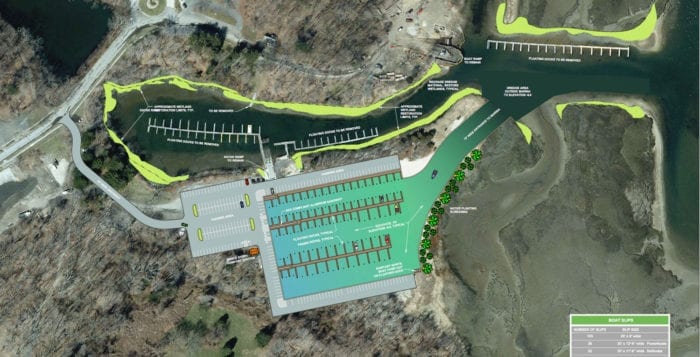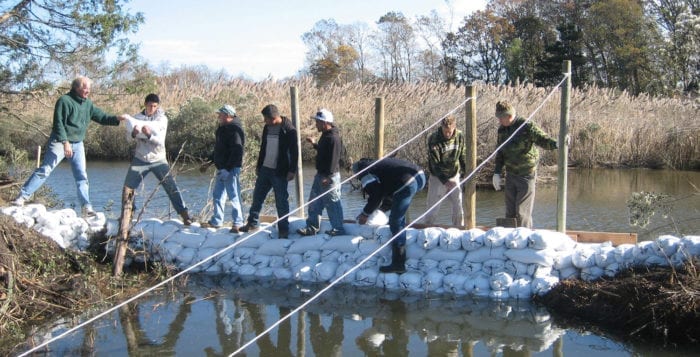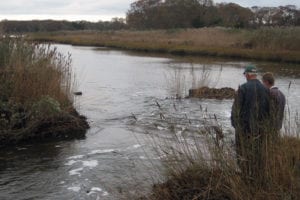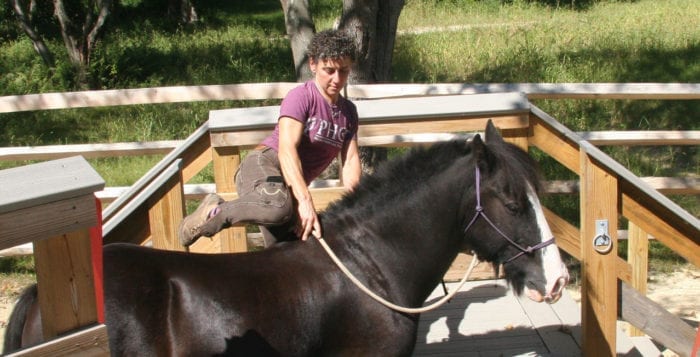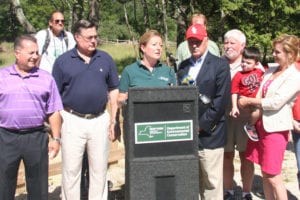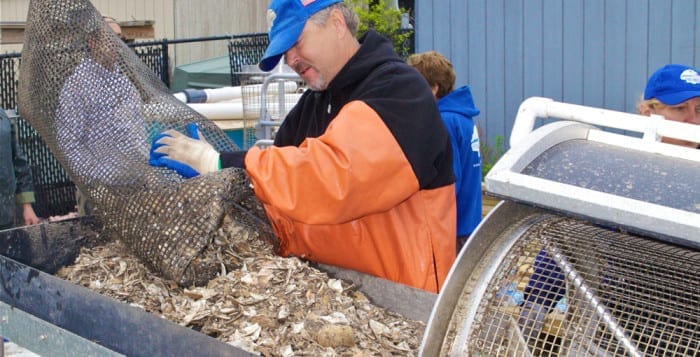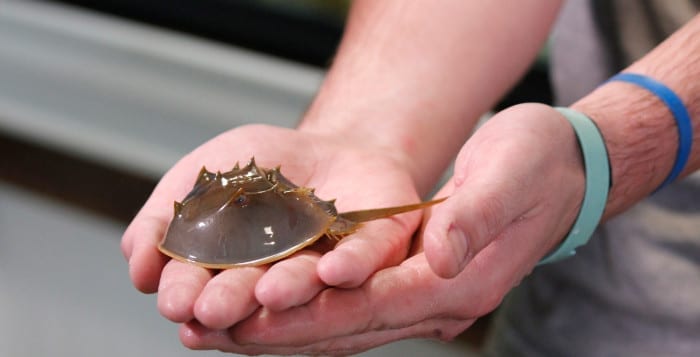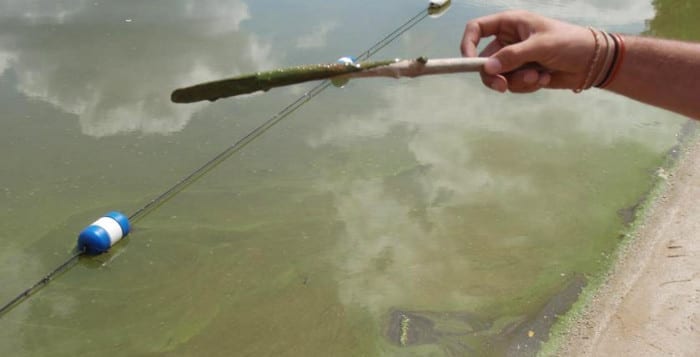New York State officials have revealed a $40 million proposal for the next phase of Nissequogue River State Park development.
The state Department of Environmental Conservation, in partnership with the state Office of Parks, Recreation and Historic Preservation, held two public presentations Nov. 2 at the Kings Park Fire Department for Phase 3 of rehabilitation and restoration of Nissequogue River State Park, built on the former grounds of the Kings Park Psychiatric Center. Wayne Horsley, regional director for the state office of parks, said that with Phase 3 residents will start to see a substantial improvement in the park.
“This is a community effort; Nissequogue River State Park is worth the effort,” he said. “The park is going to come to life. This will be a positive thing for everybody concerned.”
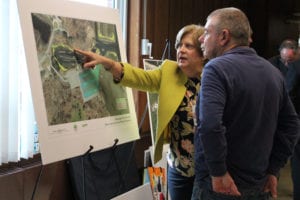
At the center of the preliminary plan is the construction of a new 25,000 square-foot headquarters for the DEC’s Division of Marine Resources in the existing footprint of Building 40, the former child care center, which would be demolished. The move would bring more than 100 DEC employees in the marine fisheries, marine habitat, shellfisheries and oceans program bureaus to Kings Park. It would also house the DEC’s Marine Enforcement unit and bring year-round law enforcement into the park.
“This is a much more ideal place for us,” said James Gilmore, director of the DEC’s Marine Resources Division. “Having a marine program next to the water makes so much more sense than where we are right now, in a medical park that’s six miles from the water.”
The $26 million building would also be equipped with the state’s only FDA-certified shellfish laboratory, for testing and maintaining the health and safety of harvested shellfish, in addition to a marine permit office. Construction of the new facility is expected to begin in the winter of 2018 with a targeted completion date of winter of 2020.
The DEC would also partner with the state parks’ office to design and construct a brand new marina. With a proposed $8 million budget, a new Nissequogue State Park Marina would be built to the south of the existing marina with a 151-boat capacity, new year-round floating docks, boat pump-out facility, comfort station including restrooms and improved parking area for boaters.
“The advantages I think are pretty clear,” said Craig Green, with the consulting firm D&B Engineers and Architects that has been hired to oversee engineering and design of Phase 3. “It would provide new facilities. It has capacity for existing boats plus DEC’s boats, greater security, better lighting and better access to the boats.”
The parks’ existing north and south marinas would be largely demolished and restoration efforts would be made to return them to wetlands. The existing boat ramp may be retrofitted to be used as a launch for nonmotorized boats, kayaks and paddle boards, according to Horsley. Construction of the new marina would be tentatively slated to begin in 2019.
“The park is going to come to life.”
— Wayne Horsley
The proposed Phase 3 sets aside $1.5 million to bring new water mains and fire hydrants to the park. The announcement was answered with loud applause by approximately 85 attendees at the Nov. 2 meeting.
“If we ever had a fire, [the firefighters] would have adequate water supply to put out the fire,” Horsley said. “It will bring potable water to the DEC building, the administrative building and the park.”
The parks regional director called it a “win-win” as he said new lines would be water to the soccer fields frequently used by local teams.
Other improvements under the proposed Phase 3 include demolition of three fire-damaged buildings and several upgrades to the park’s administrative headquarters including a new roof, window restoration, new heating and cooling systems and improved handicapped access to the building in compliance with the Americans with Disabilities Act.
Detailed conceptual renderings of the proposed DEC building can be found on the agency’s website at www.dec.ny.gov/about/796.html.
Individuals who were unable to attend the two public meetings can comment on the plan until Nov. 30. Feedback may be submitted via email to [email protected] or via mail to: Stephanie Rekemeyer, NYSDEC, 205 Belle Mead Road, Suite 1, East Setauket, New York 11733.

